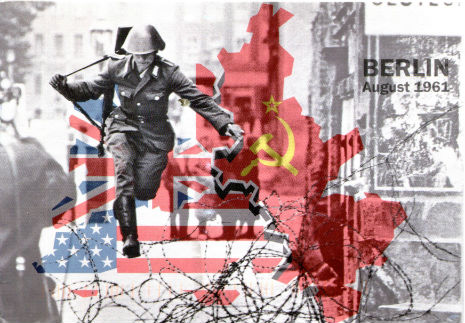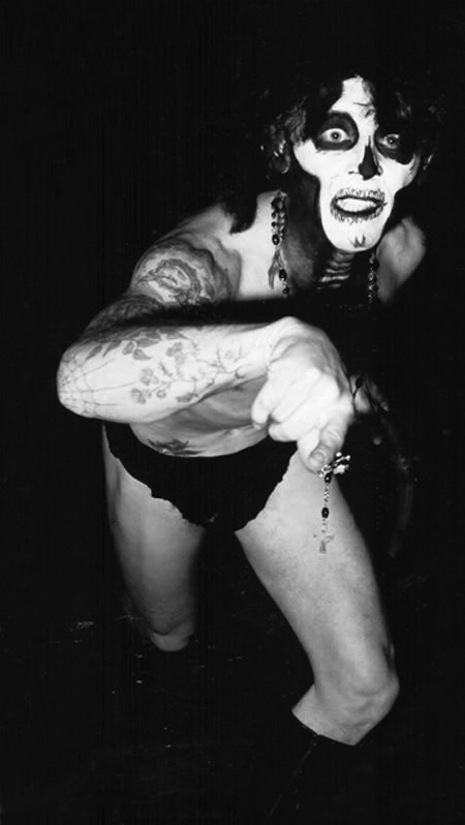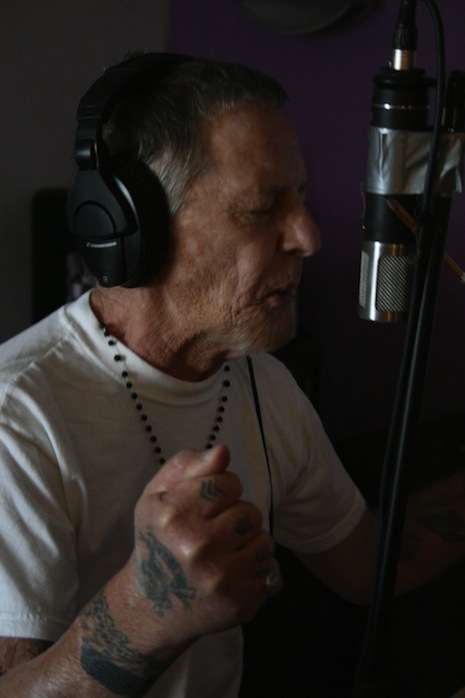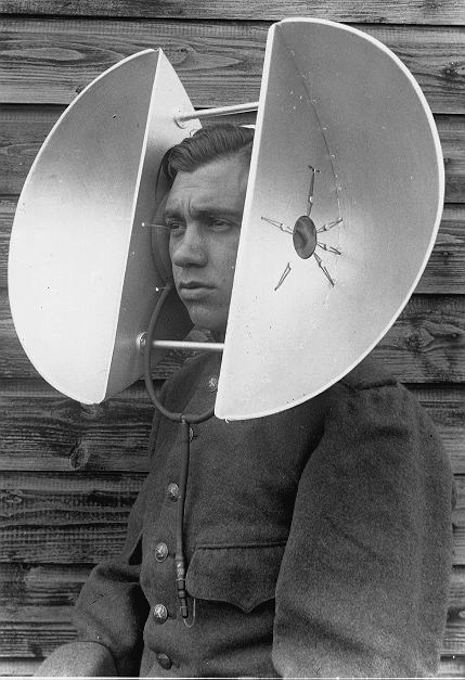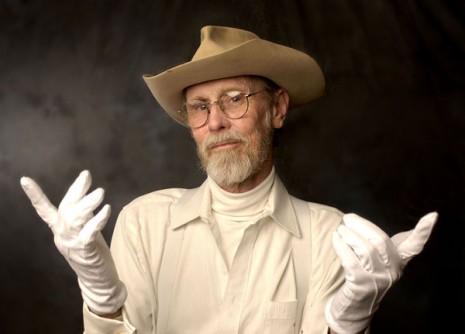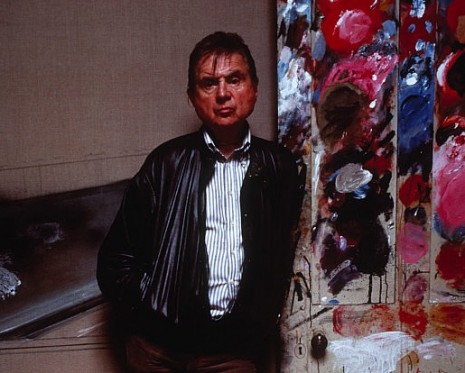
In the final moments of a documentary on Francis Bacon, made by a French TV channel, the great artist turned to camera and jovially announced, in his best Franglais, that he had lost all his teeth to his lovers. That is what he was like –dramatically revealing intimate scenes from his life at the most unexpected of moments. His paintings did the same, as they were images, which unnervingly presented the “brutality of fact,” within the most intimate and commonplace of locations – a bedroom, a living room, a toilet.
I once played Francis Bacon on his deathbed, tended by nuns. It was for a drama-documentary, which examined the Bacon’s work through his asthma. The idea was to find out how much this medical condition shaped the artist’s life. For as Bacon once said to critic John Russell:
“If I hadn’t been an asthmatic, I might never have gone on painting at all.”
If this was true, then arguably, it was his asthma that made him a painter, and his asthma, which induced the heart attack that killed him.
Of course, there have been other suggestions as to why Bacon became an artist: the childhood trauma of being locked in a cupboard by the family nanny, or more luridly, as writer John Richardson has claimed, it was Bacon’s masochism that inspired his work. Yet, neither of these fully explain his drive or resilience, or the influence of his strange relationship with his father had on his work.
Bacon was 82-years-old when he died in Madrid, on the 28th April 1992. In many respects, it is a surprise he lived so long. Bacon was a prodigious drinker, had a damaged and diseased heart, lost a kidney to cancer, and once, nearly lost an eye, after being “pissed as a fart” and falling down the stairs of his favored drinking den. But Bacon had resilience, rather than seek immediate medical attention he merely pushed the offending orb back into its socket, and continued with his afternoon debauch.
Bacon was a gambler. He saw himself as open to the opportunities of chance in both life and art. He made and lost small fortunes on the spin of the roulette wheel. He was an atheist who saw no hope of an afterlife, and gave credence to “the individual’s perceived reality.” He claimed he had been “made aware of what is called the possibility of danger at a very young age,” which led him to treat life as if it were always within the shadow of death:
“If you really love life, you’re walking in the shadow of death all the time…Death is the shadow of life, and the more one is obsessed with life the more one is obsessed with death. I’m greedy for life and I’m greedy as an artist.”
In the late 1940s, Bacon was told by his doctor he had an enlarged heart. One of his friends, Lady Caroline Blackwood, then wife to artist Lucian Freud, later recounted a tale of a dinner when Francis had joined her and Lucian, at Wheeler’s Restaurant :
“His (Francis) doctor had told him that his heart was in such a bad state that not a ventricle was functioning; he had rarely seen such a diseased organ, and he warned Francis that if he had one more drink or even became excited it could kill him.
“Having told us the bad news he waved to the waiter and ordered a bottle of champagne, and once it was finished ordered several more. He was ebullient throughout the evening but, Lucian and I went home feeling very depressed. He seemed doomed. We were convinced he was going to die, aged forty.”
More on Francis Bacon and part two of his interview with David Sylvester, after the jump…






